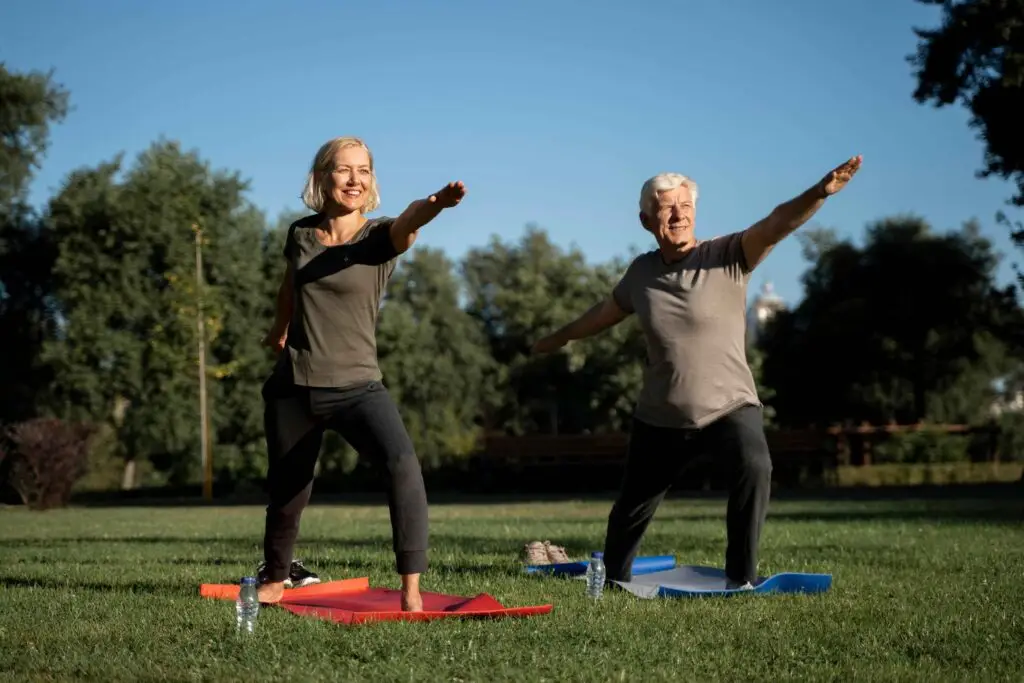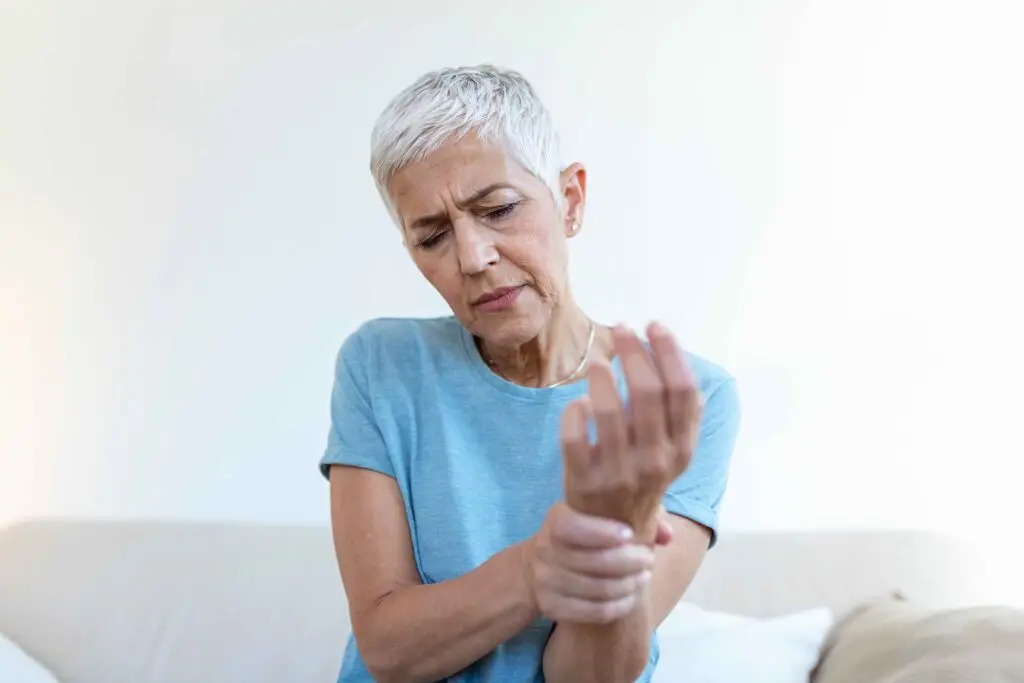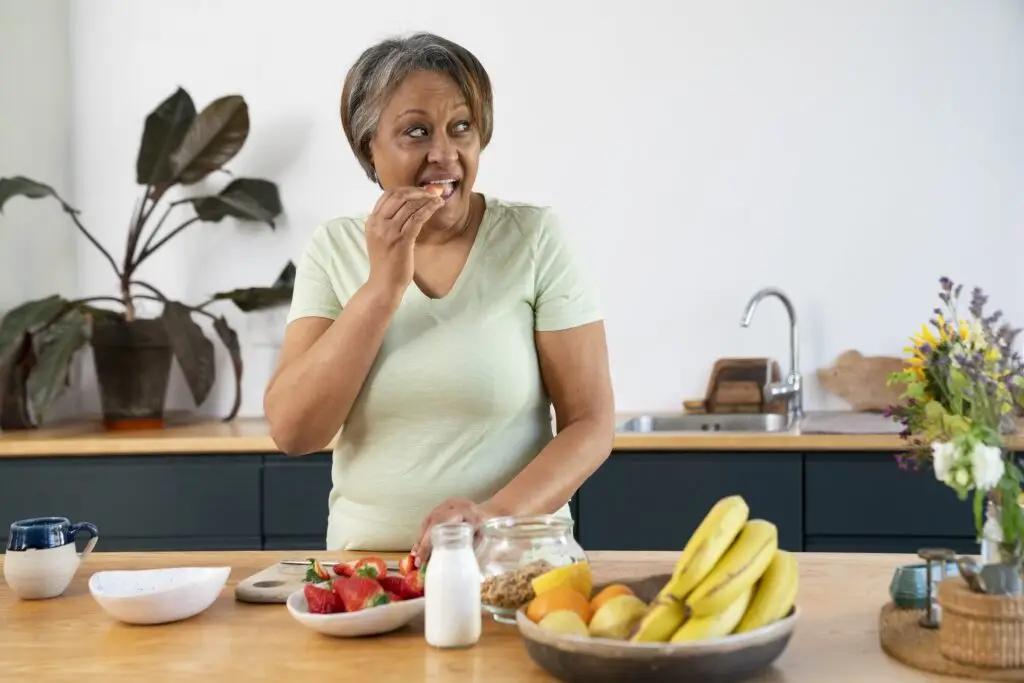Growing older doesn’t mean you have to slow down or give up the activities you love. In fact, staying active is one of the most important things you can do to maintain your health, independence, and happiness as you move through your 60s, 70s, and beyond.
Regular physical activity supports your heart, lungs, muscles, and joints. It also boosts your mood, sharpens your mind, and helps prevent many chronic conditions that tend to appear with age. But the way you approach exercise might need to change as your body changes — and that’s perfectly okay.
Why Movement Matters More Than Ever
After 60, many people notice changes like decreased muscle strength, joint stiffness, and slower reflexes. These changes increase the risk of falls and injuries, which can lead to a loss of independence.
But here’s the good news: you can significantly slow or even reverse these changes by incorporating regular physical activity tailored to your abilities.
Research shows that seniors who stay active are less likely to develop heart disease, diabetes, and osteoporosis. They tend to have better balance and mobility, lower rates of depression, and improved cognitive function.
What Types of Exercise Are Best?
A balanced fitness routine for seniors includes four main types of activities:
1. Aerobic (Cardio) Exercise
Aerobic exercise gets your heart rate up and improves your cardiovascular health. Activities like walking, swimming, cycling, or dancing are excellent choices.
Start with moderate sessions — perhaps 10 to 15 minutes — and gradually increase to at least 150 minutes per week, as recommended by health authorities. The goal is to build endurance and keep your heart strong.
If you’re managing a health condition or new to exercise, consult your healthcare provider before starting.
2. Strength Training
Muscle loss, known as sarcopenia, is a natural part of aging but can be slowed with resistance training. Using light weights, resistance bands, or your own body weight helps maintain muscle mass and bone density.
Aim for strength sessions two to three times a week, focusing on all major muscle groups: legs, arms, back, and core.
Strength training also helps with daily activities — like carrying groceries, climbing stairs, or getting up from a chair — making life easier and safer.
3. Balance and Flexibility
Falls are a leading cause of injury in seniors, but balance exercises can reduce the risk significantly. Practices such as Tai Chi, yoga, or simple balance drills improve coordination and stability.
Flexibility exercises keep your joints healthy and your movements fluid. Stretching regularly helps reduce stiffness and pain.
4. Functional Movement
These are exercises that mimic everyday activities — like reaching, bending, or stepping — to improve your ability to perform daily tasks with ease.
Incorporating functional movements into your routine helps maintain independence by keeping your body agile and responsive.
Tips to Stay Motivated and Safe
- Set realistic goals. Start slow and celebrate small victories. Every step counts!
- Find activities you enjoy. Whether it’s gardening, dancing, or walking with friends, fun keeps you coming back.
- Use supportive footwear and comfortable clothing to avoid injury.
- Stay hydrated and listen to your body. Rest when needed.
- Consider joining a class or group for social support and accountability. Many communities offer senior-friendly fitness programs.
- Warm up and cool down with gentle stretches to prepare your muscles and prevent soreness.
If you’d like guidance on pairing exercise with proper nutrition, check out our detailed article on Nutrition Essentials for Seniors.
Overcoming Common Barriers
Many seniors face challenges that make staying active difficult — chronic pain, limited mobility, or simply not knowing where to start.
Remember, some activity is always better than none. Even chair exercises or short, gentle walks help. Working with a physical therapist or trainer who understands senior needs can provide a personalized and safe approach.
For those with arthritis or joint pain, low-impact activities like swimming or water aerobics are gentle yet effective.
The Mental Benefits of Staying Active
Physical activity does wonders for your brain. It promotes better sleep, reduces anxiety and depression, and even slows cognitive decline.
Social exercise — like group classes or walking clubs — adds connection and joy, further supporting mental health.
If you want to explore more about mental wellness and emotional health, visit our article on Mental and Emotional Wellness for Seniors.
Conclusion
Staying active after 60 is about more than just fitness — it’s a vital part of maintaining your independence, joy, and quality of life. With the right balance of aerobic, strength, balance, and flexibility exercises, you can keep your body strong and your spirit energized.
For a complete roadmap on healthy aging, including nutrition, sleep, and preventive care, be sure to read our comprehensive guide: The Ultimate Guide to Healthy Aging After 60.





